Pukará de Quitor
The ruins of a pre-Columbian fortress city so secure it held off the Spanish conquistadors for over 20 years.
San Pedro de Atacama is a beautiful little oasis town in the middle of the Atacama Desert in Chile. As it’s close to many natural sights, it’s often used as a hub town for tourists and travelers who want to see the country’s many wonders. But it is not the first town to be located here. Centuries before San Pedro was founded, there was Pukará de Quitor.
Dating back to the 12th century, Pukará de Quitor was a walled city whose fortress housed and protected the local indigenous people from harm. This was necessary because their technological advancements allowed them to make pottery, masonry, basic metalworks, and other products that made them a potential target for rival tribes.
The city was under Incan rule until roughly 1536, when news spread of the clash between the Incan Empire and the Spanish invaders. It took several more years before the Spanish came this far south and attempted to conquer Pukará de Quitor. When they did, the local forces were prepared, and the fortress city was very well protected thanks to its geographical location. It took the Spanish a staggering 20 years to take the city, kill its defenders, and assimilate the rest of the population.
Unfortunately, this worked all too well, and little evidence remains of this indigenous civilization. Most of the information we have today is written from the Spanish perspective and its accuracy is dubious at best. The Pukará de Quitor archaeological site now preserves the ruins of the formidable fortress, which rises over 260 feet high, and archeologists are working hard to uncover more of the city’s secrets.
Know Before You Go
The town is just under two miles (3 km) north of San Pedro de Atacama. It can be accessed on foot, by bicycle, or by car. The entrance to the site is c$4000 for adults and c$2000 for students. Once inside, you can walk up a neighboring hill and look at the city from a distance. It is not permitted to enter the city itself.






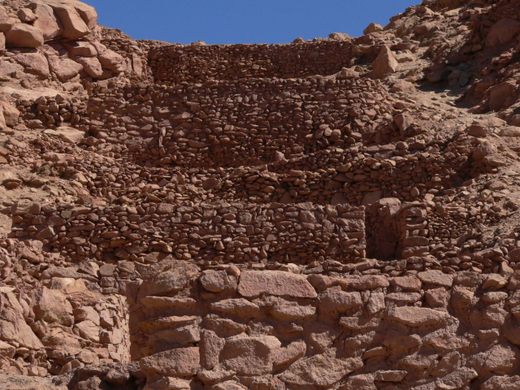
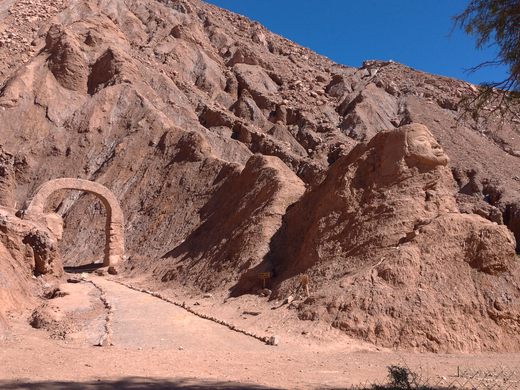
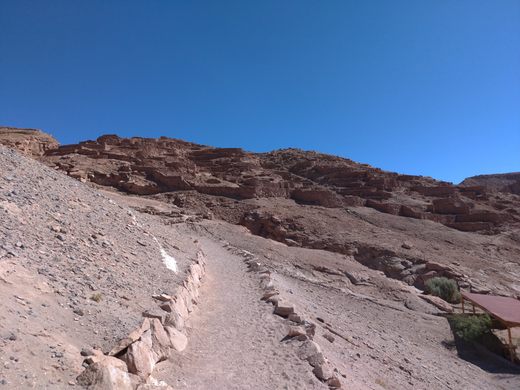
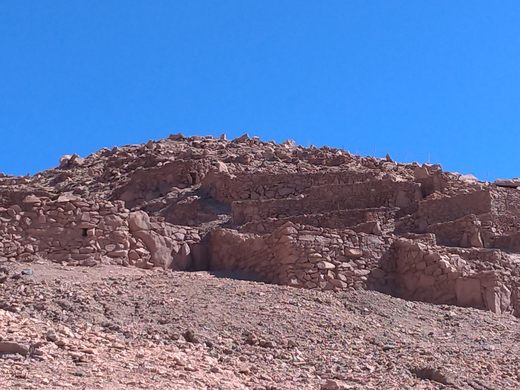
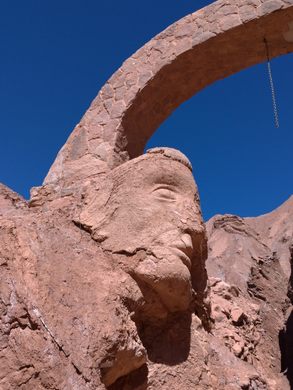


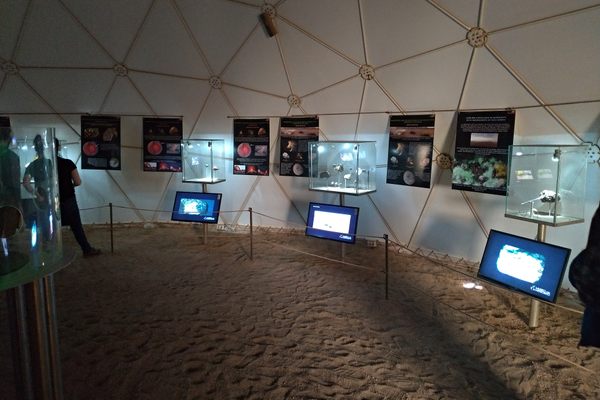
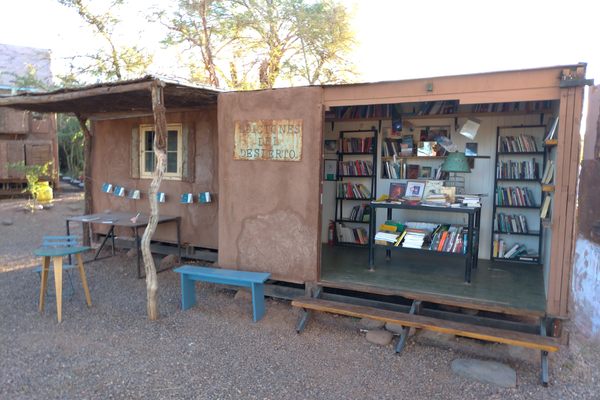




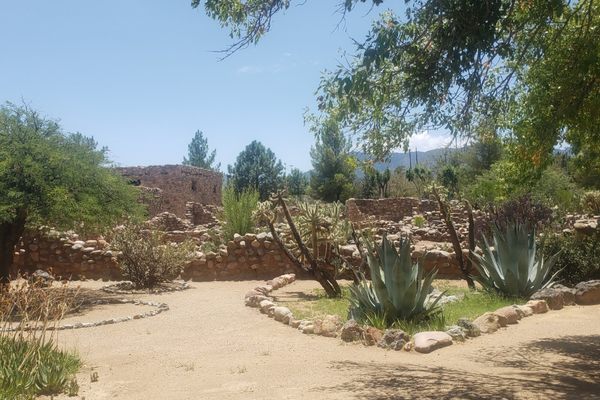


Follow us on Twitter to get the latest on the world's hidden wonders.
Like us on Facebook to get the latest on the world's hidden wonders.
Follow us on Twitter Like us on Facebook